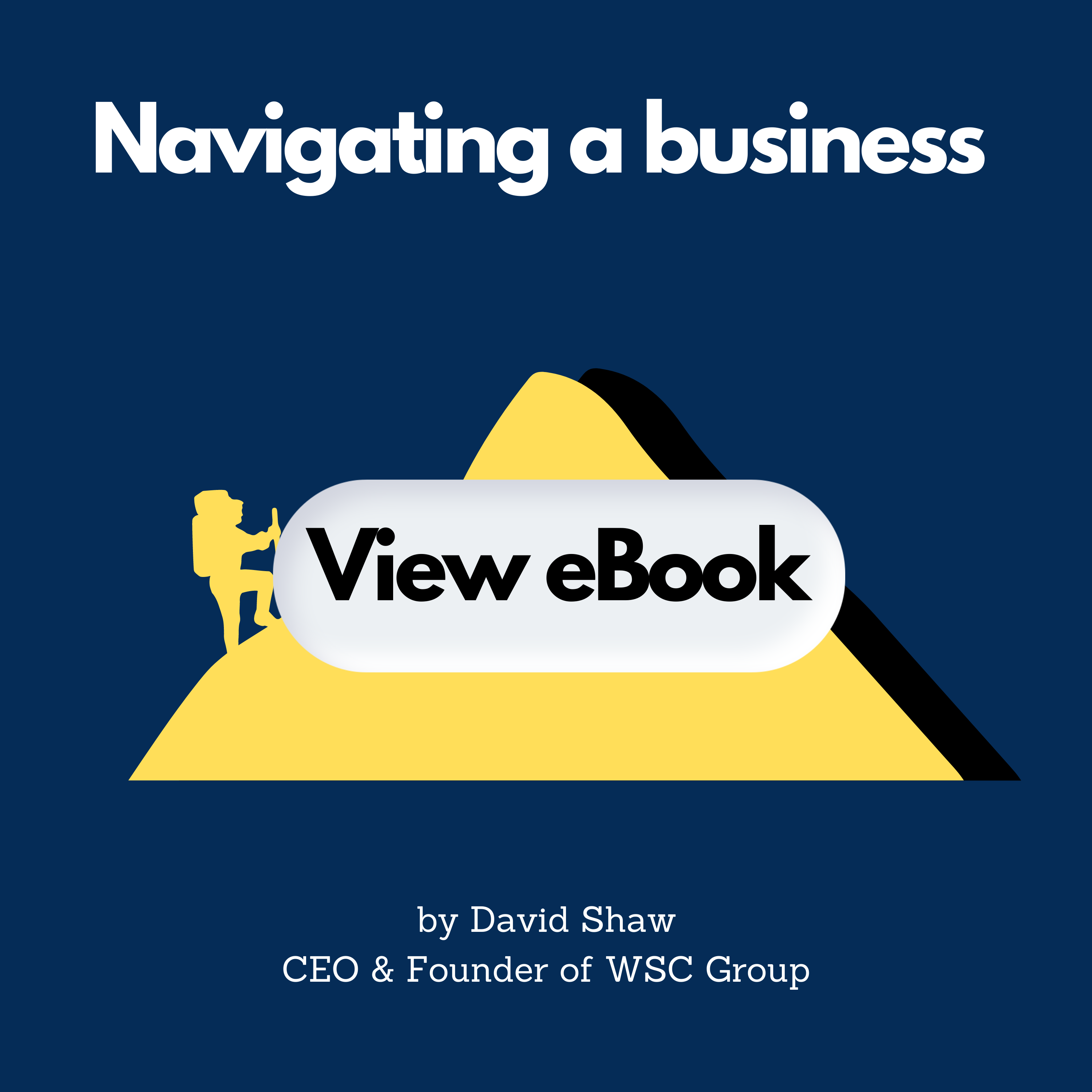Navigating Wage Growth: Unleash Your Business Potential with WSC Group
In the dynamic landscape of today's business environment, staying ahead requires a keen understanding of economic indicators and trends that impact your bottom line. As the dust settles on the June quarter of 2023, an intriguing story unfolds, one that holds valuable insights for SME businesses aiming to thrive and strategise for the future.
The Pulse of Wage Growth
The seasonally adjusted Wage Price Index (WPI) for the June quarter of 2023 paints a picture of resilience and adaptation. Despite the challenges posed by shifting market dynamics, the WPI rose by 0.8% for the quarter, echoing a steady 3.6% increase over the year. Notably, these figures are not huge – the private sector saw an identical 0.8% rise, while the public sector demonstrated commendable growth at 0.7%.
Industry Insights: Where the Growth Lies
Growth is not a haphazard occurrence; rather, it arises from particular industries that pioneer avenues for innovation and advancement. In the world of wage growth, Construction and Professional, Scientific, and Technical Services took centre stage. These sectors contributed significantly to wage growth, with Construction boasting an impressive 1.3% quarterly increase, setting a compelling precedent for industry evolution.
Shaping the Wage Landscape
Delving further into the data, an intriguing shift in wage distribution comes to light. In the June quarters, the share of jobs receiving wage increases between 4 to 6% surged to 3.3%, marking the highest point since 2009. Moreover, the share of jobs experiencing wage hikes of 3 to 4% (2.1%) and above 6% (1.5%) continues its upward trajectory.
Conversely, the tide is turning for jobs with modest wage hikes. The proportion of jobs with increases of 2% or less reached its lowest point since 2012 (2.3%), a significant departure from the 6.0% peak in June 2021. This reshaping of the wage landscape reflects changing business dynamics and strategies aimed at attracting top talent.
Unveiling the Catalysts: Average Hourly Wage Change
Behind these trends lie powerful drivers that warrant consideration in your business strategy. Private sector jobs with recorded wage movements experienced a striking average hourly wage change of 4.5%, surpassing the previous year's 3.8%. The drivers behind this growth encompass various factors:
Structured Annual Salary Reviews: Jobs subject to individual arrangement and structured annual salary reviews have emerged as catalysts for growth. Businesses that actively engage in reviewing and aligning compensation packages stand to foster higher levels of employee satisfaction and loyalty.
Enterprise Agreements Benchmarking Against CPI: Wage growth in jobs paid under enterprise agreements, benchmarked against the Consumer Price Index (CPI), remains a steady engine for salary increments. This strategic approach ensures that compensation remains in step with prevailing economic conditions.
Adaptive Retention Strategies: While a slightly smaller proportion of jobs recorded wage movements this quarter (12% compared to 14% in the same period last year), this shift is influenced by businesses embracing more targeted, strategic approaches to attract and retain valuable talent.
Evolving Industry Dynamics
The diverse tapestry of industries also reveals intriguing stories of growth and adaptation. The Construction sector takes the lead with a substantial 1.3% quarterly growth, while the Arts and Recreation industry achieves the highest annual growth (4.5%). On the flip side, Public Administration and Safety chart a conservative growth of 2.8%.
Chart Your Path with WSC Group
As you steer your SME towards sustainable growth and strategic direction, the insights from the June quarter of 2023 provide a valuable roadmap. At WSC Group, we're not just your accountants; we're your strategic partners in deciphering economic trends, harnessing wage growth dynamics, and translating data into actionable business plans.
Together, we can propel your business into the future, leveraging these insights to capitalise on opportunities and navigate challenges. Connect with us today to unlock the potential of your business journey. The numbers tell a story, and with WSC Group, that story is one of growth, innovation, and success.













